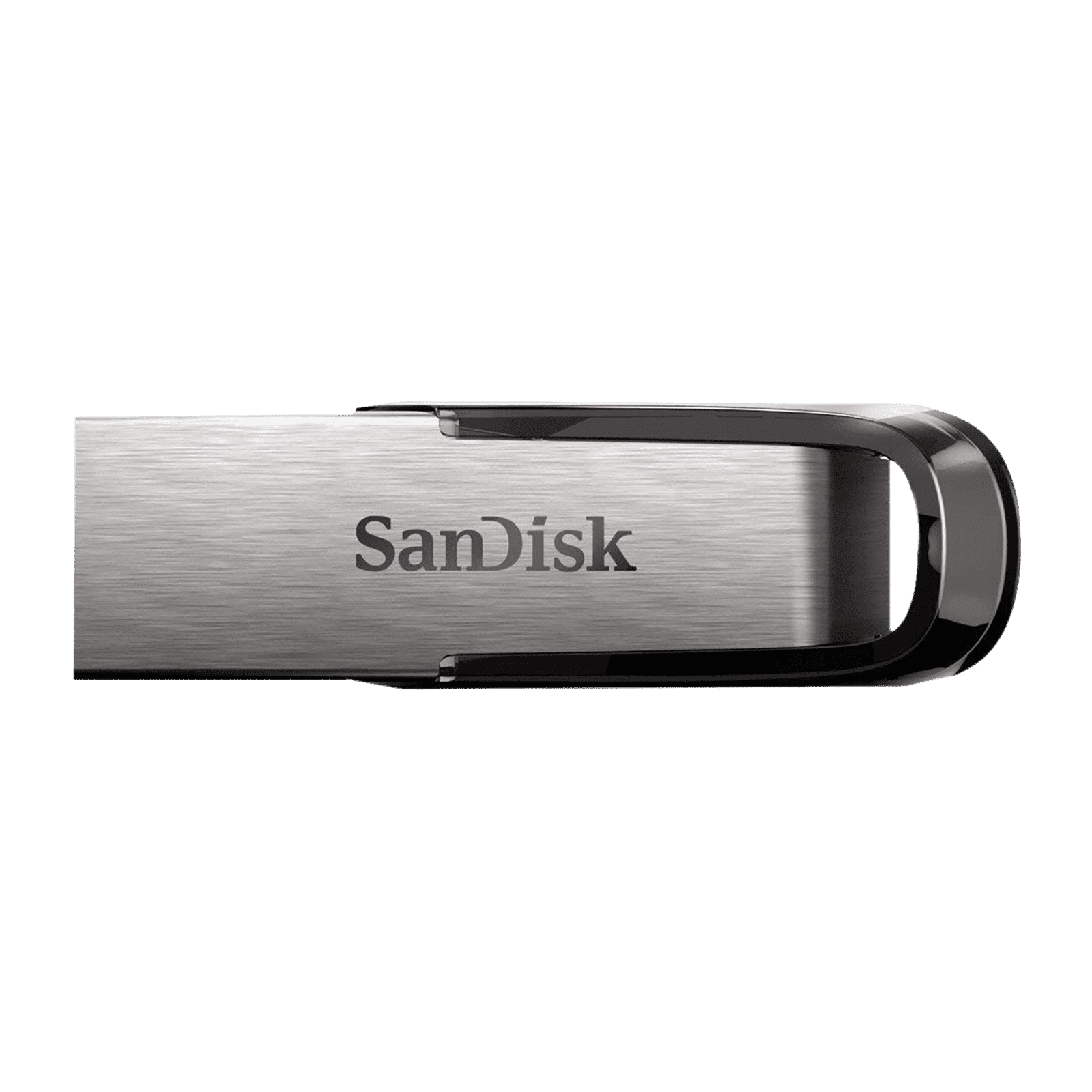%20(Presentation)%20(1600%20x%20600%20px)(523)-2524c7a0-bdda-4cdf-b205-6caaa74c04f2.webp&w=3840&q=75)
Consumer Electronics
•05 min read

Buy Apple MacBook Air (15.3 inch, M4, 16GB, 512GB, macOS, Midnight) online at best prices from Croma. Check product details, reviews & more. Shop now!
Choosing the right storage for your iMac can make all the difference in performance, reliability, and overall user satisfaction. When it comes to storage options, the debate often centres on the solid state drive (SSD) versus the hard disk drive (HDD). This comparison will help you understand the benefits, drawbacks, and performance differences between these two popular choices, empowering you to make a well-informed decision that fits your personal and professional needs.
An SSD uses flash memory to store data, making it a modern and efficient choice for iMacs. Its rapid read and write capabilities result in quick boot times, smooth application launches, and efficient file transfers. As a result, many users find that upgrading to an SSD transforms their iMac into a faster, more responsive system. In the world of imac ssd vs hdd, the solid state drive stands out by providing superior speed and reliability, which is crucial for tasks ranging from everyday browsing to intensive multimedia editing.
An HDD stores data using a spinning disk mechanism. While it may not match the speed of an SSD, it offers larger storage capacities at a more accessible price point. For users managing large media libraries or extensive file archives, the HDD remains a practical option. In scenarios where hdd storage capacity is a priority, relying on a traditional hard drive can be beneficial for balancing performance with budget considerations.
The type of storage significantly impacts your iMac's performance, influencing everything from boot times and application loading speeds to the overall user experience. As the debate of imac storage options continues, it is important to recognise that your daily computing experience can be enhanced or hindered by your storage choice. Whether you prioritise rapid data access with an SSD or the expansive capacity of an HDD, understanding these differences is key.
One of the most compelling advantages of an SSD is its notably faster speed when compared to an HDD. Whether it’s booting macOS, launching complex applications, or transferring large files, the speed improvement can be substantial. This efficiency translates not only into smoother multitasking but also into a more satisfying daily experience. If you often engage in tasks that require quick data retrieval, the superior performance of an SSD is hard to ignore, as reflected in various ssd speed comparison scenarios.
While SSDs lead on performance, HDDs typically offer more storage space for those on a budget. This makes HDDs a compelling choice for users who need extensive space for storing high-definition videos, large photo libraries, or comprehensive project files. The balance between solid state drive benefits and storage space often makes HDDs the go-to option for those departments where capacity is more critical than blazing speed.
Insight Corner: Why Speed Matters More Than You Think
An SSD can reduce your iMac’s boot time from over a minute to under 20 seconds, making it a game-changer for productivity and multitasking. This dramatic speed increase ensures that your work flows without interruption, enhancing your overall digital experience.

Buy SanDisk Ultra Fair 64GB USB Type A (3.0) Pen Drive (Stylish and tough, Black) online at best prices from Croma. Check product details, reviews & more. Shop now!
When considering the reliability of storage devices, SSDs have a clear advantage due to their lack of moving parts. This design makes them more durable and resistant to physical shocks. Although SSD flash cells can wear out over time, modern technology has significantly extended their lifespan, ensuring that users enjoy consistent performance over many years. In the context of ssd reliability vs hdd, it is clear that the robustness of SSDs makes them ideal for users on the move.
Contrastingly, HDDs rely on mechanical parts that can be susceptible to wear and tear over time. The presence of moving parts means that they are more likely to experience mechanical failures in demanding environments. However, for those who do not require immediate speed upgrades and are content with traditional performance, HDDs offer a reliable solution at a fraction of the price.
An important consideration is the lifespan of these storage devices. While SSDs are engineered to handle high volumes of data transfers over extensive periods, HDDs are designed primarily for long-term, high-capacity storage. The final choice often depends on your specific usage scenarios – if you demand longevity and high performance, an SSD is the preferred pick. On the other hand, if storage capacity and cost are your pressing concerns, an HDD would be more suitable.
Upgrading your iMac to an SSD can breathe new life into an older machine. This upgrade not only boosts speed but also enhances application responsiveness and overall system performance. Many users find that even a modestly sized internal SSD can significantly improve the performance of their iMac. The process is generally straightforward, and compatibility is well-supported in modern systems.
For those who prefer flexibility, external storage solutions offer an attractive alternative. External SSDs combine the advantages of portability and high-speed performance, making them ideal for on-the-go professionals. Conversely, external HDDs provide a cost-effective option for larger backups and extensive file storage. Each option has its own set of merits, and the final decision should be guided by whether speed or capacity is more critical to your needs.
When comparing the costs involved, it is evident that SSD upgrades are relatively more expensive on a per-gigabyte basis than HDDs. However, the enhanced speed and reliability of SSDs often justify this investment for many users, especially those looking to enhance their iMac's productivity. It is important to evaluate whether the increased performance aligns with the premium cost based on your personal or work priorities.
If you are a tech enthusiast or a professional seeking top-tier performance, an SSD is undoubtedly the best choice. Its rapid response times, excellent reliability, and low latency make it suitable for those who require constant, robust performance for productivity and multitasking. Users who appreciate rewards such as earning NeuCoins while shopping smartly on platforms like Tata Neu can find that the benefits of quick performance translate into enhanced everyday experiences.

Buy SanDisk Ultra Curve 64GB USB (3.2) Pen Drive (Compact Design, Black ) online at best prices from Croma. Check product details, reviews & more. Shop now!
Alternatively, if your priority is to store vast amounts of data without incurring excessive costs, an HDD might be the ideal option. It offers higher storage capacities, making it ideal for media enthusiasts and families who accumulate large libraries of digital content. Balancing these factors against the speed benefits of an SSD ensures that users choose an option that best aligns with their storage needs.
For those who desire the improved performance of an SSD with the generous capacity of an HDD, Fusion Drives provide a compelling middle ground. This hybrid solution intelligently utilises both forms of storage to deliver a balanced experience. With Fusion Drives, you can enjoy the rapid boot times of an SSD along with the spacious storage offered by an HDD, effectively bridging the gap between speed and capacity.
Yes, SSDs offer faster performance, better durability, and quicker boot times compared to HDDs, making them ideal for most iMac users.
Absolutely. Upgrading to an SSD can dramatically improve your iMac’s speed and overall performance, making it a worthwhile investment.
It depends on your needs. If speed and performance are your priorities, then the SSD is the better option. However, if you require significant storage capacity, the HDD would be more suitable.
SSDs tend to be more expensive per gigabyte and have a set number of write cycles, though technological improvements have considerably extended their effective lifespan.
You can easily check your iMac's storage type by selecting 'About This Mac' and then 'Storage' from the Apple menu.
In the ongoing discussion of imac ssd vs hdd, the right storage option ultimately comes down to your individual needs and preferences. If you are after unmatched speed, efficiency, and reliability, an SSD is the logical choice. Conversely, if you prioritise larger storage capacities for file archiving and media, an HDD is a sensible option. With the data clearly laid out, you can confidently decide which upgrade enhances your iMac experience. Embrace a future of fast and efficient computing, backed by the trust that Tata Neu offers in seamless shopping. Enjoy the added benefit of earning NeuCoins rewards which only enhances your smart shopping journey.